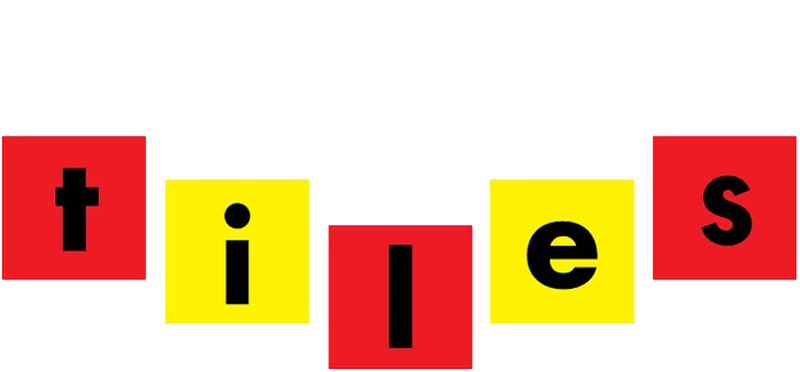Why Teach Phonics?
What research says about phonics instruction

Children who are taught phonics explicitly will have greater gains in reading, writing, and spelling. We teach phonics because Phonics gives us the TOOLS we need to learn thousands of words without depending upon memorization!
Phonics is emphasized because it provides a reading foundation for children that is based on the sounds and letters of the alphabet. When children learn the 26 letters with their 44 sounds and 70 common spellings, they are equipped with the tools they need to read words.
Critics of phonics instruction argue that English spellings are too irregular for phonics instruction to really help children learn to read words. The point is, that phonics instruction teaches children a system for remembering how to read words. Systematic and explicit phonics instruction makes a bigger contribution to children’s growth in reading than instruction that provides non-systematic or no phonics instruction.
Regardless of the label, the goal of phonics instruction is to help children learn and use the alphabetic principle.
Research shows children need two years of explicit phonics instruction. Phonics instruction is most effective when it begins in kindergarten or first grade. PHONICS IS THE MISSING LINK!
When phonics is not taught on purpose, but rather as a ‘by-the-way’ component of a school curriculum, students may miss vital phonics elements which can result in hindered reading skills.
Evidence that phonics works:
“Approximately 84% of English words are phonetically regular. Therefore, teaching the most common sound-spelling relationships in English is extremely useful for readers.” (2) Wiley Blevins
“The swing away from “whole language” to phonics-based instruction over the last 15 years has vastly improved reading test scores on nationally normed tests.
Reading is not a developmentally acquired skill that naturally derives over time from lots of reading (Adams, 1988; Stanovich, 1986; Foorman, Francis, Novy, & Liberman 1991). Learning the code is the quickest way to learn how to read accurately and independently. Non-readers can independently read simple decodable text after minimal instruction.
New research shows that phonics-based instruction can actually change brain activity, resulting in significant improvements in reading (Flowers, 2004). Shankweiler, Lundquist, Dreyer, and Dickinson (1996) noted that differences in comprehension for upper elementary students largely reflected levels of decoding skill.
Because progress is so measurable, students can quickly see their improvement in assessment data, and more importantly, in reading.” (5)
On three separate occasions, Jean S. Chall surveyed the entire body of reading research available up to the date of the survey (1967, 1983, 1996). The first of these studies was commissioned by the Carnegie Corporation and conducted at Harvard University. Chall concluded that comprehensive, systematic, phonics-first instruction was overwhelmingly supported by the vast majority of the research. Reference: Chall, Jean S., “Learning to Read: The Great Debate”, 1967, 1983, 1996. Her final conclusion on p. 307 of the third edition was:
“The research … indicates that a code-emphasis method – i.e., one that views beginning reading as essentially different from mature reading and emphasizes learning of the printed code for the spoken language – produces better results … The results are better, not only in terms of the mechanical aspects of literacy alone, as was once supposed, but also in terms of the ultimate goals of reading instruction – comprehension and possibly even speed of reading. The long-existing fear that an initial code emphasis produces readers who do not read for meaning or with enjoyment is unfounded. On the contrary, the evidence indicates that better results in terms of reading for meaning are achieved with the programs that emphasize code at the start than with the programs that stress meaning at the beginning.” www.projectpro.com
In 2000, the National Reading Panel issued the following statement in its April 13, 2000 press release:“In the largest, most comprehensive evidenced-based review ever conducted of research on how children learn reading, a Congressionally mandated independent panel has concluded that the most effective way to teach children to read is through instruction that includes a combination of methods. The panel determined that effective reading instruction includes teaching children to break apart and manipulate the sounds in words (phonemic awareness), teaching them that these sounds are represented by letters of the alphabet which can then be blended together to form words (phonics), having them practice what they’ve learned by reading aloud with guidance and feedback (guided oral reading), and applying reading comprehension strategies to guide and improve reading comprehension.” www.projectpro.com
“There is no comprehension strategy powerful enough to compensate for the inability to read the words.” (3)
“Systematic and explicit phonics instruction is more effective than non-systematic or no phonics instruction.” (4)
The “Dick and Jane” reading method requires memorization of hundreds of words. Phonics makes use of prior knowledge (the sound-spelling relationships) to apply to new learning.
Students with auditory and visual processing challenges learn best from the structure of explicit phonemic awareness and phonics instruction.
Phonics instruction relies on phonemic awareness and the connection of speech sounds to spellings. Phonics builds upon and adjusts that connection, rather than abandoning reading instruction already gained in the primary language.
Effective diagnostic assessments can easily determine which phonics skills have been mastered and which have not. Gap-filling simply makes sense. Remedial readers have strengths to build upon—they don’t need to start from scratch. (5)
All learning styles are targeted
VISUAL
AUDITORY
KINESTHETIC
Explicit Phonics Instruction versus Word Families/Chunks:
“With word families, the number of words your student can master increases significantly.
Instead of learning one or two words per spelling pattern, your student can learn eight to twenty-five words without much additional effort, so it’s an efficient way to learn. The recall of individual words is improved because similar words are stored together in the student’s brain. That’s all great news.
But there’s bad news, too.
Be cautious – If word families are used in isolation, students will follow a spelling “pattern” of the particular lesson, without understanding the concept of the skill. What you intended to be educational and insightful becomes an exercise of following patterns and filling in the blanks. Students will not actually spell beyond words outside of the neatly organized list.
“So as helpful as word families are for speeding up learning and helping with recall, it’s important to take spelling instruction to the next level.” (6)
Tapping Out With Tiles understands that after your student has a good handle on how to spell the words on the list, it is absolutely critical to move on to the next phase.
Through the hands-on use of manipulating tiles, students learn to build words based on word families not depend on them solely.
Citations:
1: www.phonicstalk.com
2: Blevins, Wiley. Phonics from A to Z. New York: Scholastic, 2006. Print
3: Glaser, Deborah, et al. Common Core State Standards for English Language Arts. Longmont, CO: Sopris Learning, 2013
4: (U.S. Department of Education) www.ed.gov
5: www.penningtonpublishing.com
6: www.allaboutlearningpress.com
